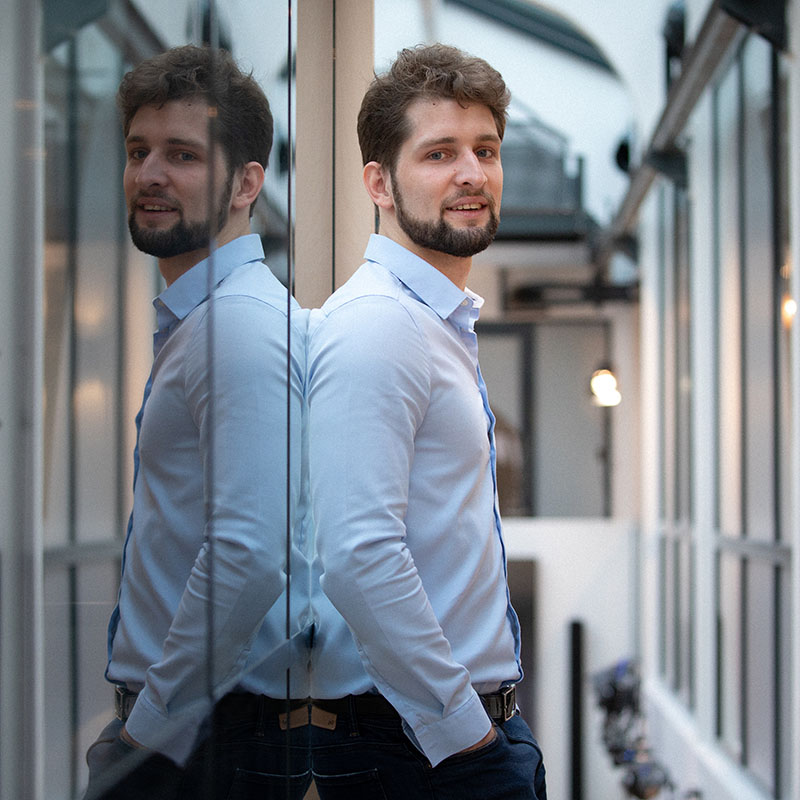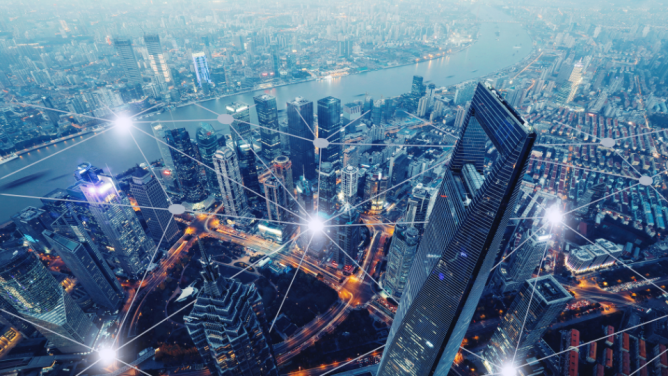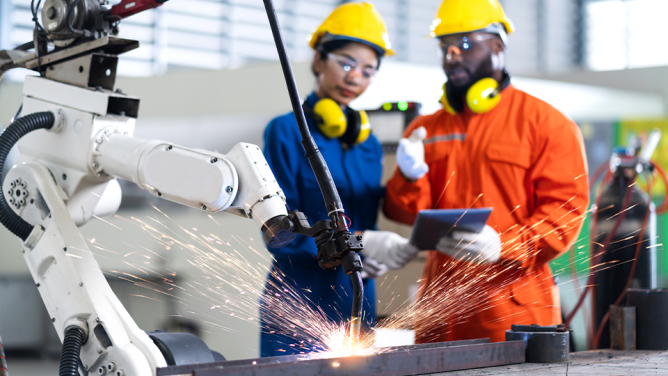 What are the key characteristics of the 2021 cohort of AI projects?
What are the key characteristics of the 2021 cohort of AI projects?
The year was primarily marked by continuity and diversity. It contained numerous projects relating to engineering and predictive maintenance. Artificial vision played a prominent role, both to support businesses and manage their environmental impact. I should also point out that there are more projects this year – around 15 and the same number of VINCI companies involved. I would also like to highlight an important new feature. This year, with Bruno Daunay, co-director of the IA programme, we have chosen to train four coaches from the Group’s operational entities so that they can disseminate this expertise within their companies. Another characteristic of this year’s crop of AI projects that we have observed is that they take a more customer-focused approach from the outset and co-construction is more pronounced. For example, one of the projects supported this year is working closely with a distribution company to improve store management using AI.
What are the flagship projects of the AI programme in 2021?
DIANE, the company dedicated to developing AI projects serving VINCI Energies business lines, continued to grow, recruiting new experts and stepping up skills and scales of implementation. An initial project two years ago focused on optimising sprinkler networks, with the idea that eventually all networks in a building’s technical works packages could be optimised using AI, facilitating convergence of the quest for economic and environmental optimisation. Last year, DIANE developed a new use case to optimise lighting in offices, using new approach that optimises the lighting network to minimise energy consumption. This year, the DIANE teams tackled the subject of ventilation and air-conditioning in order to develop a solution for the automatic design of air-conditioning networks based on building plans.
What progress has been made by projects dedicated to maintenance of high-speed lines?
At VINCI Concessions, AI is used to support LISEA (rail operator) and MESEA (maintenance company), which work together to optimize the level of performance and life-cycle of the Tours-Bordeaux high-speed line. A tool to predict the lifespan of rail track was launched last year in order to optimise track renewal operations. Efforts are now continuing to develop predictive maintenance solutions, in strict compliance with safety constraints and by cross-referencing theoretical models against empirical data. This year, AI could also be used to optimise rail switches.
How will AI be harnessed to help the energy renovation?
We wanted to be able to assemble large bodies of data and to work with external partners, to take the time to carry out R&D to develop tools able to make a long-term contribution to the design and management of buildings. We had an opportunity to respond to a call for projects relating to crisis management and resilience challenges at the start of the year, supported by Bpifrance and the DLR project management agency in Germany. We have approached several partners to form a consortium, called Renovaite, and to develop a platform of AI technologies to accelerate renovation in Europe. The consortium includes Leonard’s expertise, along with that of several VINCI entities and RESALLIENCE, VINCI’s design office for adaptation to climate change, as well as that of Action Logement, the leading player in social housing in France, the German laboratory OFFIS (AI research), and the company ALEIA, which is a member of Gaia-X (see below for more details). This project gives us an opportunity to use AI in a cross-functional, long-term way to support businesses and with a significant environmental and social impact. The planned optimisations within the Action Logement portfolio alone could contribute to reducing the energy consumption of the entire French housing stock by 0.02%. This figure may seem low, but it is actually substantial!
This interview is from Leonard’s Yearbook “A Decisive Decade” 2021-2022. Discover it by following this link.


